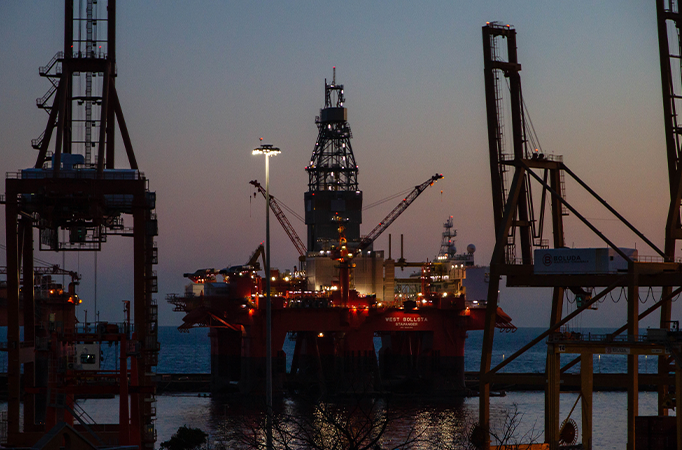
Morning Brief – Tug of War
There is a rather small but welcoming green just outside of the City Hall building on the South Bank of London, just west of Tower Bridge. Many people will frequent the green for the spectacular view of the Tower of London and the City of London on the far side of the river. But it has played host to darker events. Most notably perhaps Boris Johnson’s spectacular faceplant into the grass and mud as he played host to the armed forced with a spirited contest of tug of war. For the record, it was not the same venue as the fateful rugby tackle of a small Japanese boy in a failed attempt of diplomacy. Yesterday’s events in the market had me thinking: could the Bank of England’s new apparent tug of war end up like Johnson’s muddy mess on the floor?
Okay, yes, perhaps that was a just an excuse of an introduction to this daily briefing to re-live Boris Johnson’s failures now that his limelight of public office has been shaded. However, there truly is an internal tug of war going on at the Bank of England. Market turmoil in all UK asset classes has impacted trading and valuations. Yields even on long dated UK paper had cleared well above 4% with OIS implied rates pricing well over 6% only one year ahead predicting an astronomic rise in the Bank rate.
There had been widespread commentary in the market calling for the UK monetary authority to do something to return yields and indeed the Pound to more normal levels. Eventually, yesterday, they did so. With their previous and somewhat feeble admonitions to the market having not been heeded earlier in the week, they opted for decisive action. The Bank of England will purchase long-dated UK debt in order to relieve the pressures on the gilt market. Having been recently pursuing an unwinding of its treasury holdings and balance sheet, this marked a complete U-turn in policy. So too at a time when monetary tightening is widespread, this policy you can easily argue has the effect of stepping on the brake and the accelerator at the same time.
Having bolted one cent higher on most major crosses on the announcement, markets quickly had concerns over the marginally inflationary policy suggesting the BoE had blinked and thrown a policy bombshell on a market that was already struggling to digest trade and news flows. Several hours later now during the afternoon session, conditions stabilised with buyers of Sterling having been brave during the earlier turbulence rewarded for their risk taking. Having been down close to 2%, GBP closed the day 1% higher on a trade weighted basis. It still remains to be seen whether the Bank’s actions will be sufficient to restore some normality to GBP and a return to the profit taking trend on short-Sterling positions. We have seen an unwillingness for traders to hold GBP positions into the weekend knowing what two days of closed markets can bring with constantly flowing headlines from overseas and UK Treasury officials. Watch Friday’s European afternoon session closely for signs of whether this trend will continue.
Discussion and Analysis by Charles Porter

Click Here to Subscribe to the SGM-FX Newsletter
Related Insights

Daily Brief – Gold
Gold With Gold accounting for the second highest proportion of Central Bank reserves after the USD and the mood music shifting to it assuming a greater influence on future reserves management, it is worth looking at the numbers behind that. In the 1960s, Central Banks held the highest amount historically of 38,000 tons of gold. […]

Daily Brief – US Dollar
US Dollar Markets not liking POTUS pontificating on the Federal Reserve’s interest rate policy on Wednesday, and less still on his view about the competence or otherwise of Chairman Powell. Given the past few weeks, the betting is that Powell’s time is over either being replaced or having a Trump nominee second guessing him but […]

Daily Brief – NATO
NATO This week sees the 32 member countries of NATO convening in The Hague for the annual meeting which this time unsurprisingly is going to attract rather more in the way of news coverage than it has in previous years. The ECFR or the European Council of Foreign Relations has just completed a poll of […]



 Humphrey Percy
Humphrey Percy